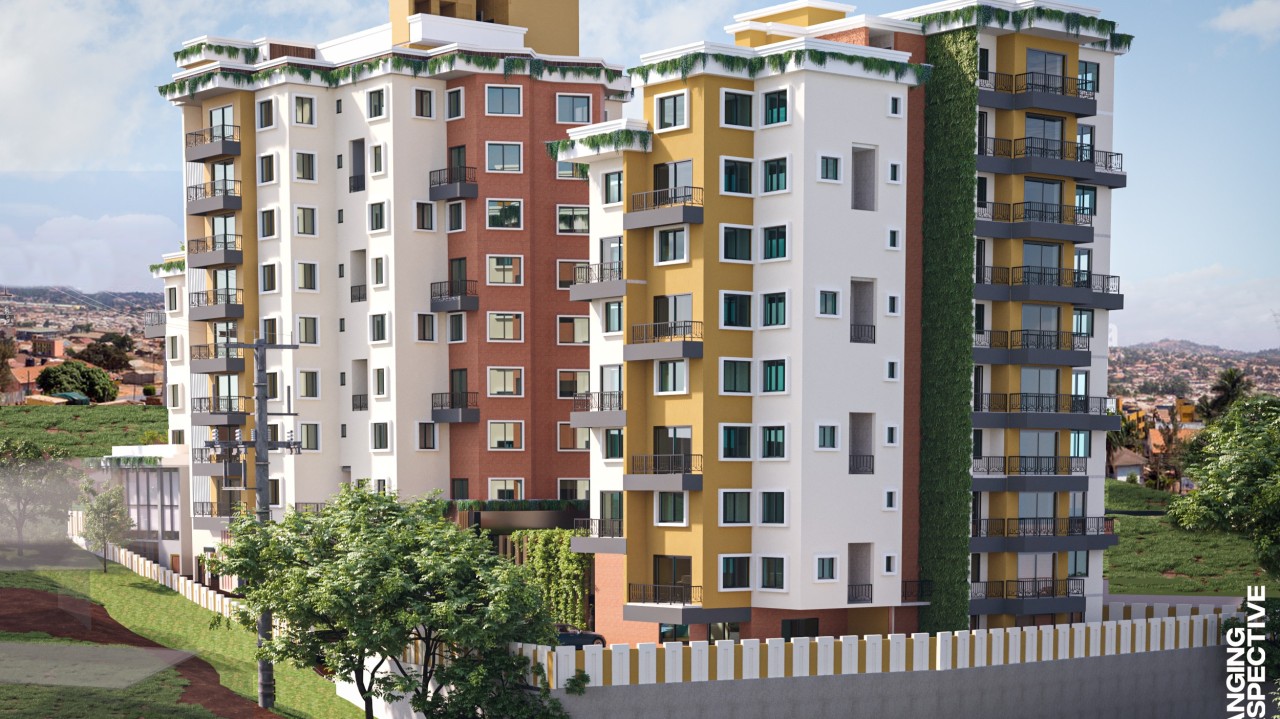Designing a home is not merely about walls, floors, and roofs. It is about shaping lived experience, facilitating daily rituals, and capturing a sense of belonging. As an architect, the responsibility is to translate human needs, emotions, and context into built form. In this guide, the design process is presented as an integrated journey—from vision to details—that weaves together aesthetics, function, comfort, and sustainability.
1. Define the Mood and Vision
Every home should begin with a clear emotional direction. Instead of following fleeting trends, focus on the mood you want the home to express—serenity, vibrancy, warmth, or openness. Develop a mood board of colors, textures, and materials, and let this guide every design decision. This ensures consistency and prevents the home from becoming a collage of unrelated ideas.
2. Prioritize Natural Light
Daylight is the most powerful design element. Proper orientation, large openings, skylights, and light wells should be used to maximize natural illumination throughout the day. Design strategies like overhangs, louvers, and screened facades can filter harsh light and reduce glare while maintaining comfort. A home that is sunlit and naturally ventilated not only saves energy but also nurtures well-being.
3. Blur the Indoors and Outdoors
A well-designed home connects seamlessly with its surroundings. Large glazed doors, courtyards, verandas, and patios can dissolve the boundary between inside and outside. Nature becomes part of the architecture—through framed views, green buffers, or semi-open transition spaces. This creates a sense of expansiveness and harmony with the environment.
4. Embrace Simplicity and Restraint
“Less but better” is the principle that makes homes timeless. Instead of filling spaces with excess furniture or ornamentation, emphasize proportion, natural materials, and functional detailing. Clean lines, selective material palettes, and crafted moments like reading nooks or window seats make the home elegant and practical without being overwhelming.
5. Balance Functionality with Comfort
Beyond aesthetics, a home must support daily life efficiently. Logical zoning between public, private, and service spaces ensures privacy and ease of use. Circulation should feel natural, with minimal wasted space. Comfort must be integrated through good ventilation, acoustic balance, and thermal control, supported by sustainable strategies like rainwater harvesting or solar integration.




